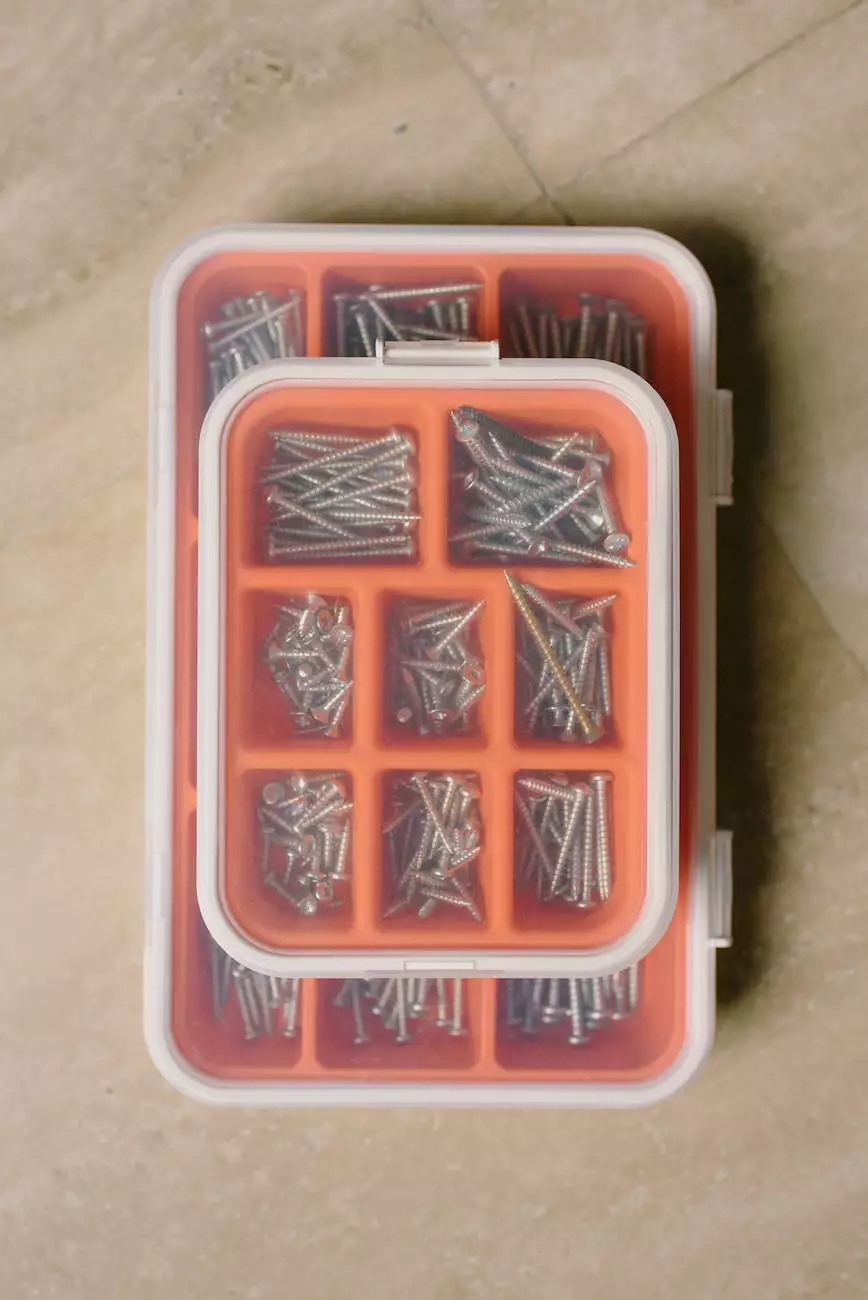TL-Transplanting Tips: Tree Transplanting Hole - Cutting Hedge Services
Fall Color
Are you looking for reliable tips on fall transplanting for trees, shrubs, and more? At Cutting Hedge Services, we are dedicated to providing you with comprehensive and detailed guidelines to ensure successful transplants. In this guide, we will focus on the important topic of creating a tree transplanting hole. Properly preparing the transplanting hole is crucial for the health and longevity of your newly transplanted tree. Read on to discover essential tips and techniques that will set you on the path towards a thriving landscape.
Why is the Tree Transplanting Hole Important?
Before we delve into the specifics of creating a tree transplanting hole, let's understand why it is such a critical step in the transplantation process. The hole serves as the new home for your tree, providing vital support and nutrients for its root system to establish and grow. By preparing the perfect transplanting hole, you are setting the foundation for the tree's long-term health and survival. Paying proper attention to this step can significantly increase the success rate of your tree transplant.
Choosing the Right Location for the Tree Transplanting Hole
When selecting the location for your tree transplanting hole, several factors come into play. Consider the following guidelines to ensure optimal growing conditions for your tree:
- Sunlight Exposure: Evaluate the amount of sunlight the tree requires and choose a location that provides the appropriate level of exposure. Some trees thrive in full sun, while others prefer partial shade.
- Soil Conditions: Assess the soil type and ensure it is suitable for your specific tree species. Soil with good drainage allows the roots to access nutrients efficiently.
- Proximity to Other Plants: Take note of nearby plants that may compete for resources with your newly transplanted tree. Avoid overcrowding and provide ample space for each plant to thrive.
Preparing the Tree Transplanting Hole
Now that you understand the importance of the transplanting hole and the factors to consider when choosing its location, let's dive into the process of preparing the hole itself:
1. Measuring and Digging
Begin by measuring the width and depth of the root ball of your tree. It is crucial to dig a hole that is wide and deep enough to accommodate the entire root system without cramping or bending the roots. A good rule of thumb is to make the hole at least twice as wide as the root ball.
2. Soil Amendment and Backfill
Before placing the tree in the hole, it is beneficial to amend the soil with organic matter such as compost or well-rotted manure. This helps improve soil fertility and drainage, giving your tree a healthy start. As you backfill the hole with the amended soil, ensure there are no air pockets around the roots. Gently compress the soil to provide stability.
3. Mulching
Applying a layer of mulch around the base of the newly transplanted tree helps retain moisture, regulate soil temperature, and prevent weed growth. Use organic mulch such as wood chips or bark, and spread it in a 2-4 inch layer, making sure to leave some space around the trunk to avoid moisture buildup.
Maintaining and Caring for the Transplanted Tree
Transplanting a tree is a delicate process, and proper care is essential in the weeks and months following the transplantation. Consider these guidelines to ensure the successful establishment of your transplanted tree:
- Watering: Provide adequate water to the newly transplanted tree, especially during the first year. Be mindful not to overwater or underwater, as both can adversely affect the tree's health.
- Pruning: Remove any damaged or diseased branches promptly. Pruning can enhance the tree's structural integrity and promote healthy growth.
- Fertilizing: Consider using a slow-release fertilizer to provide nutrients to the transplanted tree. Follow the recommended application rate and timing, as excessive fertilization can harm the tree.
- Monitoring: Regularly inspect the tree for signs of stress, pests, or diseases. Early detection allows for prompt intervention and ensures the tree's well-being.
Conclusion
By following these comprehensive guidelines for creating a tree transplanting hole, you are equipping yourself with the knowledge and techniques necessary for successful fall transplanting. Remember to choose the right location, prepare the hole with care, and provide ongoing maintenance and care for the transplanted tree. At Cutting Hedge Services, we are confident that with the information provided in this guide, you are well-prepared to tackle your fall transplanting projects and foster healthy, thriving trees in your landscape.




